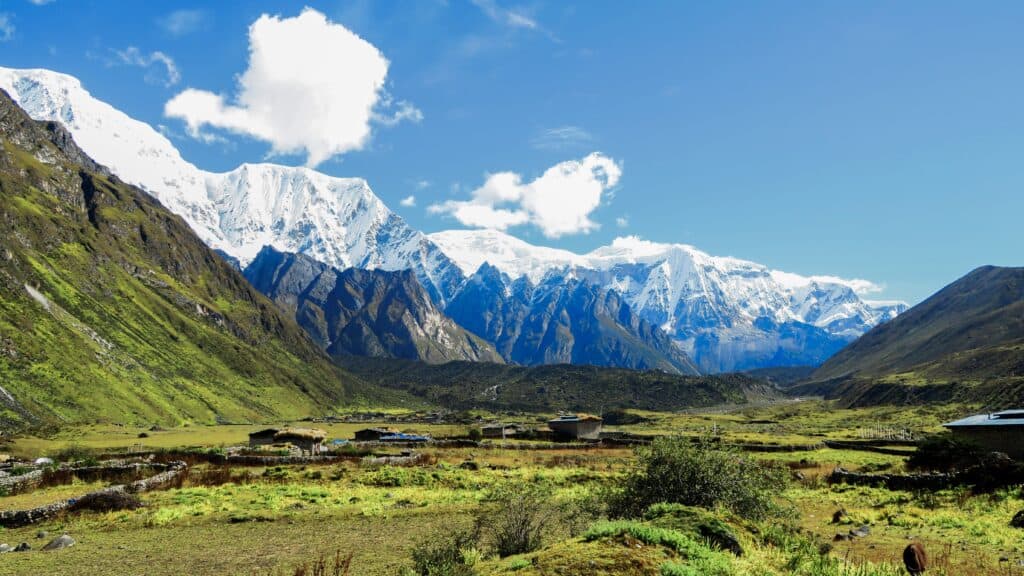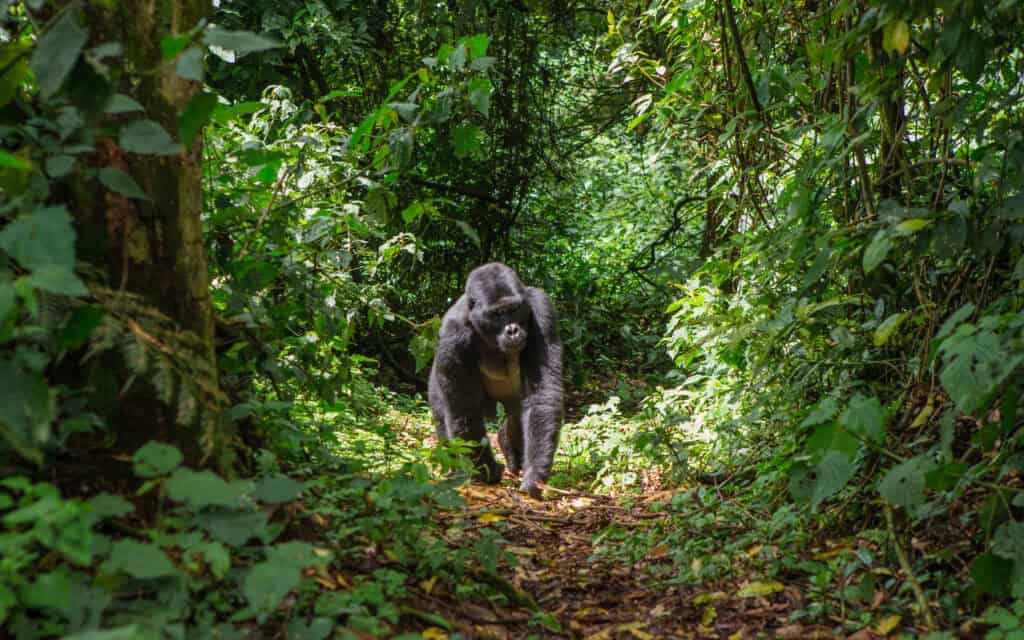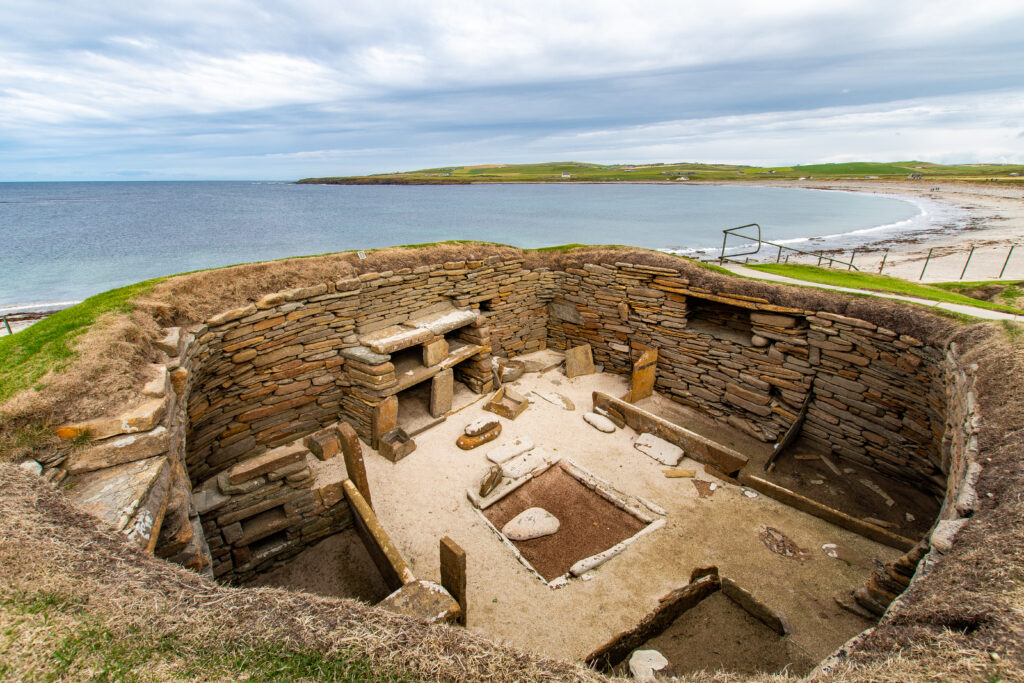Exploring untouched wildlife sanctuaries is like stepping into another world, where nature remains wild and pristine. These places are hidden gems, often remote and preserved from human impact, allowing rare and unique species to thrive. From icy Arctic lands to tropical jungles, these sanctuaries reveal some of Earth’s most fascinating and undisturbed ecosystems. Visiting them offers not only a breathtaking experience but also a reminder of the importance of protecting these natural wonders for future generations.
Svalbard, Norway – A Polar Paradise

Tucked away in the Arctic Ocean, Svalbard is a realm of frozen beauty and wildlife intrigue. This archipelago, situated between mainland Norway and the North Pole, remains largely untouched by human influence. Visitors can explore icy fjords, walk among reindeer herds, and witness a wilderness that seems almost frozen in time. The area is also home to polar bears, Arctic foxes, and a variety of seabirds, making it a haven for wildlife enthusiasts. The ethereal Northern Lights often dance across the sky, adding to the region’s allure. Its strict environmental regulations ensure the preservation of its delicate ecosystems. The archipelago’s unique position offers a rare opportunity to experience the Arctic’s raw and unspoiled beauty.
Socotra, Yemen – An Alien Landscape

Often referred to as the “Galapagos of the Indian Ocean,” Socotra is an island that feels like it belongs to another world. Located off the coast of Yemen, its isolation has preserved its indigenous culture and biodiversity. The island boasts peculiar flora, including the iconic Dragon’s Blood Trees, which resemble giant mushrooms. These trees produce a red sap historically used for medicinal purposes and dyes. The unique landscapes, with white sand dunes and limestone plateaus, resemble scenes from a sci-fi movie. Its marine life is equally impressive, with pristine coral reefs teeming with fish. The island’s remoteness has shielded it from mass tourism, maintaining its untouched charm.
Fiordland National Park, New Zealand – Nature’s Masterpiece

This rugged and untouched wilderness in New Zealand showcases Mother Nature at her most dramatic. Fiordland National Park, located in the southwestern corner of the South Island, is renowned for its towering fjords, cascading waterfalls, and dense forests. The park is a sanctuary for native species like the elusive kiwi bird and the endangered takahe. Milford Sound, often described as the Eighth Wonder of the World, is a gem within this paradise, offering breathtaking views and abundant marine life. Its diverse ecosystems range from deep lakes to alpine peaks, providing habitats for various flora and fauna. Visitors can explore the area through hiking trails, boat tours, and even scenic flights.
Bhutan – The Last Shangri-La

Nestled in the Himalayas, Bhutan is a kingdom that cherishes its isolation and traditional way of life. With a strong emphasis on Gross National Happiness over GDP, this untouched land offers a glimpse into a society that values culture, nature, and spirituality. The country is home to diverse wildlife, including the Bengal tiger, snow leopard, and red panda. The cliffside Tiger’s Nest Monastery, perched precariously on a mountain, is a symbol of Bhutan’s rich heritage. Its forests cover over 70% of its land area, providing habitats for numerous species. The government enforces strict tourism policies to preserve its natural and cultural resources. Visitors are encouraged to engage in sustainable practices, ensuring the country’s pristine environment remains unspoiled.
Kamchatka Peninsula, Russia – Land of Fire and Ice

The Kamchatka Peninsula in Russia is a remote and largely untouched region known for its volcanic activity and diverse wildlife. Spanning over 1,250 kilometers, it boasts more than 160 volcanoes, 29 of which are active. The peninsula’s rugged terrain includes vast tundras, dense forests, and pristine rivers. It is home to the world’s largest population of brown bears, as well as Steller’s sea eagles and various salmon species. The Valley of Geysers, one of the largest geothermal fields globally, adds to Kamchatka’s unique landscape. Due to its isolation, the region has remained relatively free from human development. It offers adventurous travelers a chance to experience nature in its rawest form.
Raja Ampat, Indonesia – Coral Wonderland

Raja Ampat, an Indonesian archipelago comprising over 1,500 small islands, is often dubbed the “Amazon of the Oceans.” Located off the northwest tip of Bird’s Head Peninsula in West Papua, it is renowned for its marine biodiversity. The waters surrounding these islands are home to over 1,300 species of coral reef fish and 75% of the world’s known coral species. The vibrant coral reefs support a plethora of marine life, including manta rays, sharks, and sea turtles. The islands themselves are covered in lush rainforests, providing habitats for endemic bird species like the Wilson’s bird-of-paradise. Its remote location has helped preserve its ecosystems from mass tourism. Conservation efforts are in place to maintain the area’s ecological integrity, promoting sustainable tourism practices.
Patagonia, Chile, and Argentina – Land of Extremes

Patagonia, spanning the southern regions of Chile and Argentina, is a land of dramatic landscapes and untouched wilderness. The region encompasses vast steppes, towering mountains, and expansive glaciers. Torres del Paine National Park in Chile and Los Glaciares National Park in Argentina are notable protected areas within Patagonia. The area is home to diverse wildlife, including guanacos, Andean condors, and the elusive puma. The Perito Moreno Glacier, one of the few advancing glaciers globally, is a highlight for visitors. Its remote and rugged terrain offers opportunities for trekking, wildlife observation, and experiencing nature’s raw beauty. Efforts are ongoing to balance tourism with conservation to protect this unique environment.
Galápagos Islands, Ecuador – Evolution’s Playground

The Galápagos Islands, located off the coast of Ecuador, are a group of volcanic islands famous for their unique and diverse wildlife. This archipelago played a pivotal role in Charles Darwin’s theory of evolution, as many species here evolved in isolation and are found nowhere else. Home to species like the giant tortoise, marine iguanas, and blue-footed boobies, they offer a one-of-a-kind opportunity to observe nature’s adaptations. The underwater world is equally fascinating, with vibrant marine life, including hammerhead sharks, rays, and colorful fish. Strict environmental regulations are enforced to preserve the delicate balance of this UNESCO World Heritage site. They feature dramatic landscapes, from black lava fields to lush highland forests. Though remote, it continues to captivate scientists and travelers alike with its untouched ecosystems.
Bwindi Impenetrable Forest, Uganda – The Gorilla Haven

Nestled in the mountainous region of southwestern Uganda, Bwindi Impenetrable Forest is a dense and biodiverse jungle known for its population of mountain gorillas. This UNESCO World Heritage site is home to nearly half of the world’s remaining mountain gorillas, along with other rare species like forest elephants and chimpanzees. It is incredibly thick, with vines, trees, and ferns intertwining to create a lush and almost mythical atmosphere. The gorilla trekking experience is highly regulated to minimize human impact, allowing tourists to catch a rare glimpse of these gentle giants in their natural habitat. Other wildlife includes over 120 mammal species and 350 species of birds, making it a haven for biodiversity. Its conservation efforts help ensure the survival of its unique ecosystem.
Tsingy de Bemaraha National Park, Madagascar – The Stone Forest

Tsingy de Bemaraha National Park, located on the western coast of Madagascar, is renowned for its breathtaking limestone formations, known as “tsingy.” These jagged, towering rock structures create a surreal stone forest that feels otherworldly and is nearly impossible to navigate without guidance. It is home to rare and unique species, including several types of lemurs, as well as the endangered Madagascar fish eagle. The landscape is marked by deep gorges, narrow canyons, and dense forests that are largely untouched by human presence. Biodiversity thrives here, with endemic species of plants and animals adapted to the rocky terrain. It is recognized as a UNESCO World Heritage site, and its conservation efforts focus on preserving both its geological and ecological wonders.
Gunung Mulu National Park, Malaysia – Caves and Karst Marvels

Located in Malaysian Borneo, Gunung Mulu National Park is famous for its massive limestone caves and dramatic karst landscapes. One of its most notable features is the Sarawak Chamber, the world’s largest cave chamber by area, big enough to fit 40 Boeing 747 airplanes. The park is a sanctuary for unique species, including clouded leopards, hornbills, and rare bats. Lush rainforests cover much of the area, creating a haven for various plants and animals in this UNESCO World Heritage site. Towering limestone pinnacles known as “The Pinnacles” rise from the jungle, offering surreal and striking views. Guided tours allow visitors to explore the impressive cave systems and surrounding forests while minimizing human impact on the ecosystem. Mulu is a testament to Malaysia’s commitment to preserving its natural wonders and biodiversity.
Kaeng Krachan National Park, Thailand – Hidden Wilderness

Kaeng Krachan National Park is Thailand’s largest national park, located along the border with Myanmar. This hidden wilderness is characterized by dense forests, waterfalls, and mist-covered hills, making it a paradise for nature lovers. It’s home to a range of wildlife, including wild elephants, leopards, hornbills, and the rare Indochinese tiger. It is known for its morning mist that creates a magical, almost surreal atmosphere over the forested hills. Over 400 bird species and 300 butterfly species thrive here, drawing bird watchers and wildlife photographers. Strict conservation policies help maintain the park’s untouched nature, minimizing tourist impact on its fragile ecosystems.
This article originally appeared on Rarest.org.
More from Rarest.org
13 Unusual Architectural Wonders Hidden Around the World

All around the world, hidden architectural wonders blend creativity, history, and ingenuity in ways that often go unnoticed by most travelers. These unusual structures can be found in remote locations, unexpected cities, or tucked away in natural landscapes Read More.
10 Beautifully Preserved Ancient Cities Buried Beneath the Earth

Ancient cities hold mysteries of civilizations long gone, hidden beneath the earth for centuries. These cities, once bustling with life, are now beautifully preserved time capsules of history. Read More.
21 Magnificent Mammals with Unique Fur Patterns

Nature’s creativity shines through the stunning fur patterns of certain mammals, making them stand out in their habitats. From stripes to spots, these unique designs help with camouflage, identity, and even temperature regulation. Read More.
